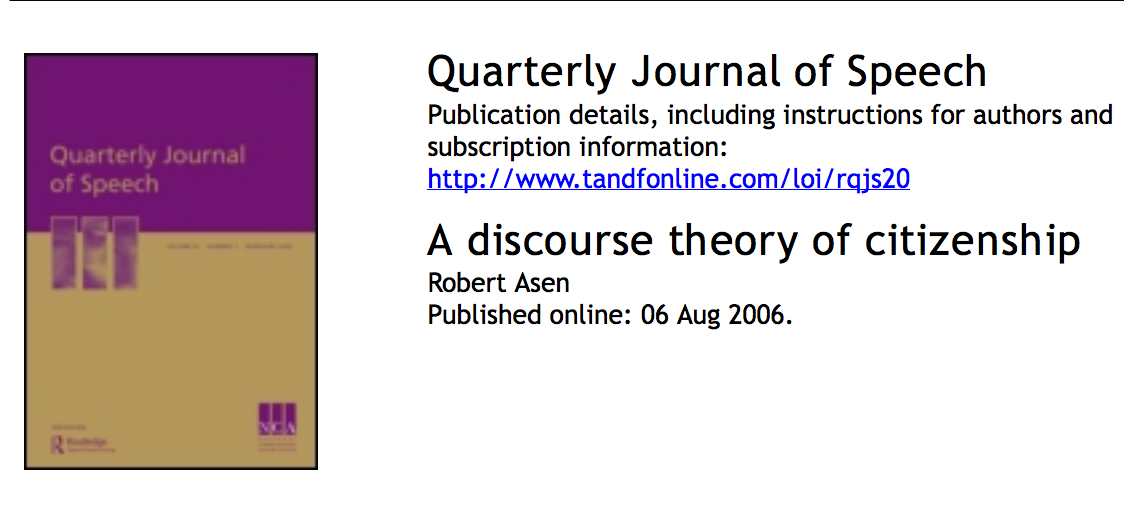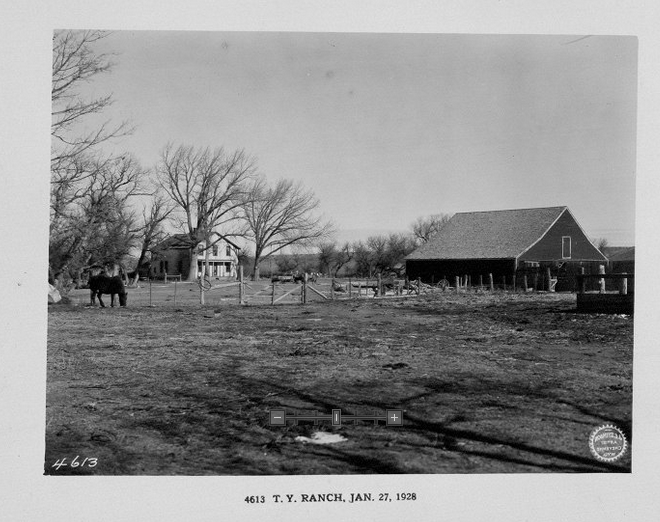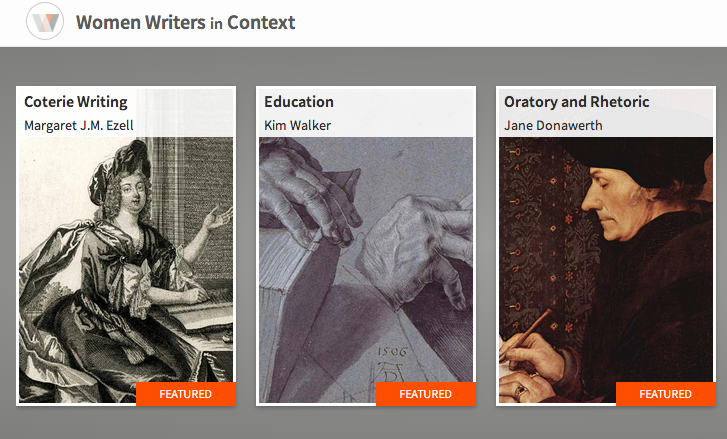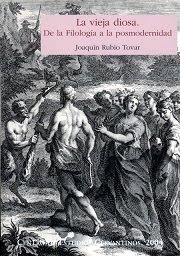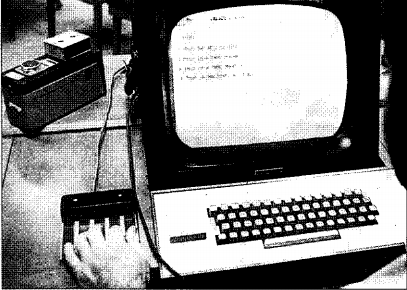[submitted by Miriam Peña Pimental]

RedHD: What does it mean to work on Digital Humanities in Mexico? How does Academia react to digital humanities? Conflicts, advantages, and ways to become a network in these conditions?
DóIorio Paolo, “Scholarsource: A Digital Infrastructure for the Humanities”, Switching codes, (ed.) Bartscherer, UChP, 2013, pp. 61-87.
Como parte de mi estancia posdoctoral, en una de las universidades más importantes de América Latina, me he enfrentado a la complicación que tiene ser Humanista Digital, principalmente para integrar este nuevo modelo de estudioso a al plano académico. Al mismo tiempo sigue siendo difícil explicar á por qué Humanidades Digitales?



